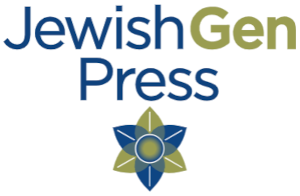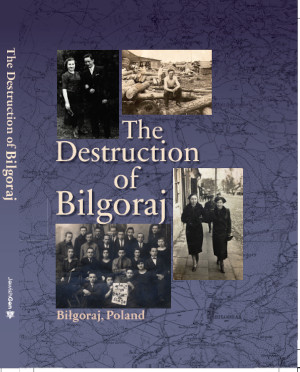

Translation of
Published by the JewishGen Press
Editor of Original Yizkor Book: A. Kronenberg
Available from
for $33.00
Project Coordinator: Moe Milstein
Emerita Coordinator: Rae Meltzer
Layout and Name Indexing: Jonathan Wind
Cover Design: Nina Schwartz
Reproduction of Photographs: Sondra Ettlinger
Hard Cover, 8.5” by 11”, 270 pages with original photographs
 |
Details:
We know Bilgoraj's river and forest from the stories of I.B. Singer, who spent his early adulthood here. Jews lived here since the late 14th century, and before the First World War, made up half its population. They owned grain and lumber mills, and worked as merchants, shoemakers, smiths, tailors, bakers, sieve makers, and printers. (The Kronenberg Press was known throughout Europe for its Hebrew books.) During the early 20th century, the community supported a synagogue, dozens of schools, a public kitchen, an orphanage, a labor union, four Zionist parties, six theatre groups, and two libraries. In September 1939 Bilgoraj was bombed, and much of the town burned. In the days afterward, Nazi soldiers began a program of beatings, killings, and forced labor. In June 1940 a ghetto was created; deportations to the camps began in spring 1942. With the liquidation of the ghetto and its last residents in January 1943, Jewish Bilgoraj ceased to exist. But not to the creators of this book. On their behalf, editor Abraham Kronenberg wrote: “We worked hard and produced a picture of our city and its dear Jews, its parties, institutions, and personalities. May we not forget what we had, and what will never again be.” Bilgoraj, Poland is located at: 50°33' / 22°42' Alternate names of the Town: Biłgoraj [Pol], Bilgoray [Yid], Bilgorai [Rus], Biłgora Nearby Jewish Communities:
Frampol 9 miles N |
 JewishGen Press
JewishGen Press
 JewishGen Home Page
JewishGen Home Page
Copyright © 1999-2025 by JewishGen, Inc.
Updated 15 Oct 2022 by LA